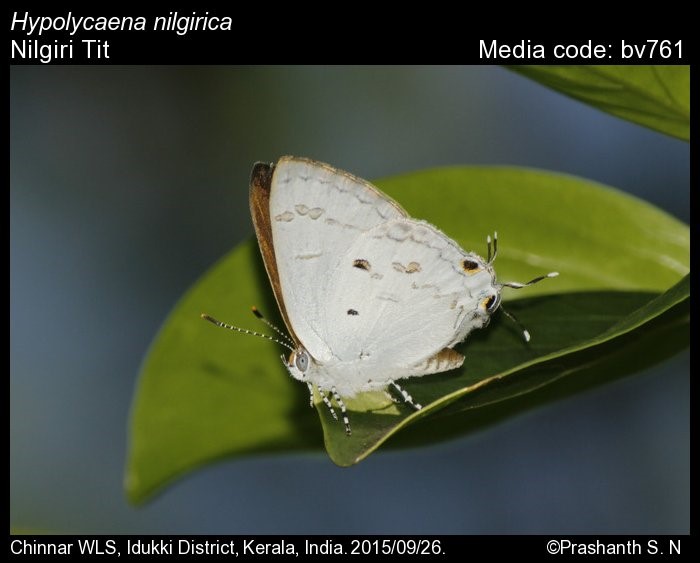Seven workers from APCO Infratech were killed in the militant attack on the strategic Z-Morh tunnel on the Srinagar-Sonamarg highway in Jammu and Kashmir recently.
References
The European Space Agency (ESA) at the International Astronautical Congress, launched its Moonlight Lunar Communications and Navigation Services (LCNS) program recently.
The ESA is working with NASA and the Japanese space Agency JAXA on LunaNet, which is essentially a framework to standardise communication and navigation for the Moon.
References
Chug valley, once blanketed by Cosmos flowers, has begun to shrink, and the meadows are no longer as dense as they used to be due to excessive human interference.
Reference
Arunachal observer | Chug Valley
Butterfly enthusiasts from the Nilgiris have recorded for the first time in India, the Nilgiri tit (Hypolycaena nilgirica) utilising a large terrestrial orchid plant as a host.

Reference
The Hindu | Nilgiri tit (Hypolycaena nilgirica)
Researchers are developing the 1st successful vaccine against Clostridioides difficile bacteria, using the technology behind the revolutionary mRNA vaccines that tackled COVID-19.
C. diff is the leading cause of antibiotic-associated diarrhea worldwide.
Reference